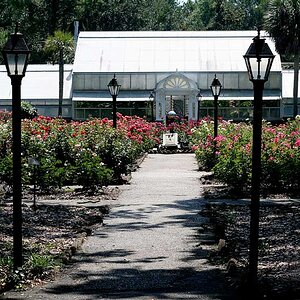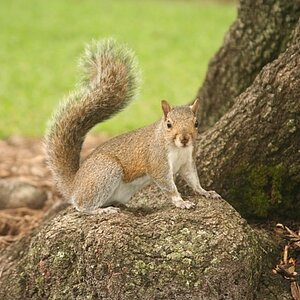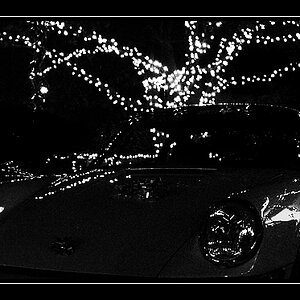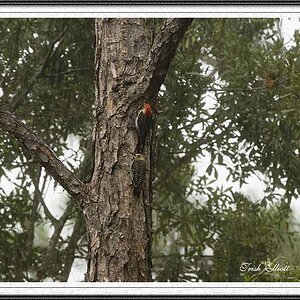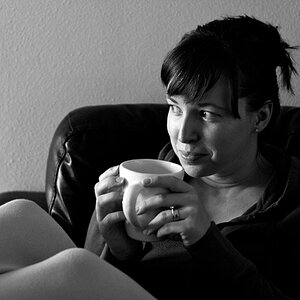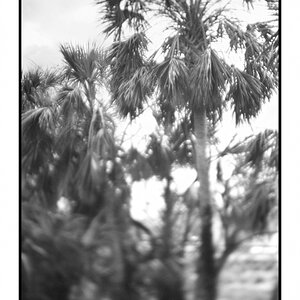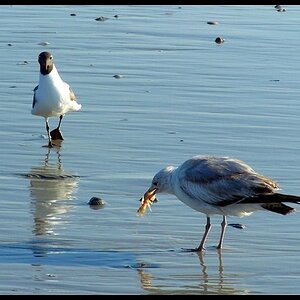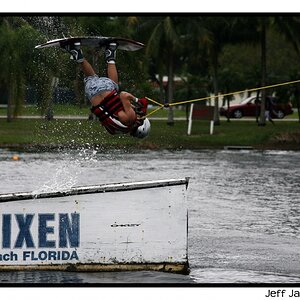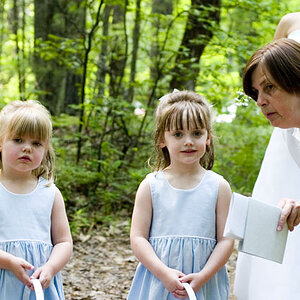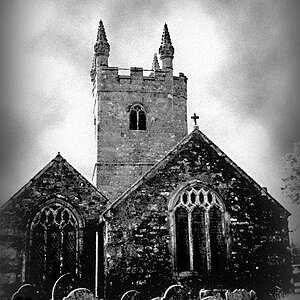Rgollar
No longer a newbie, moving up!
- Joined
- Dec 25, 2011
- Messages
- 351
- Reaction score
- 108
- Location
- Michigan
- Can others edit my Photos
- Photos OK to edit
Well here is how it started. I get to my place where I am trying to get a picture of a osprey. Been going there every night for a week straight. I finally see the bird sitting almighty and proud in a tree. So I am running to my spot to get ready to take a picture. Turn on the camera and it wont focus. So I look at the lcd and it says NO CARD. I am so sick to my stomach. So I run home and get it thinking I have lost all opportunity I get back and its still sitting there 20 minutes later. Then I commit the next worst sin. I am in shutter priority with exposure comp at plus 2 because I was against the bright sky. Now I know to shot in manual mode. But screwed up again. So all my shots were wasted except for the osprey coming circle. The first one isnt to bad the the second picture was so blown out and missed focus. Lessoned learned the hard way.
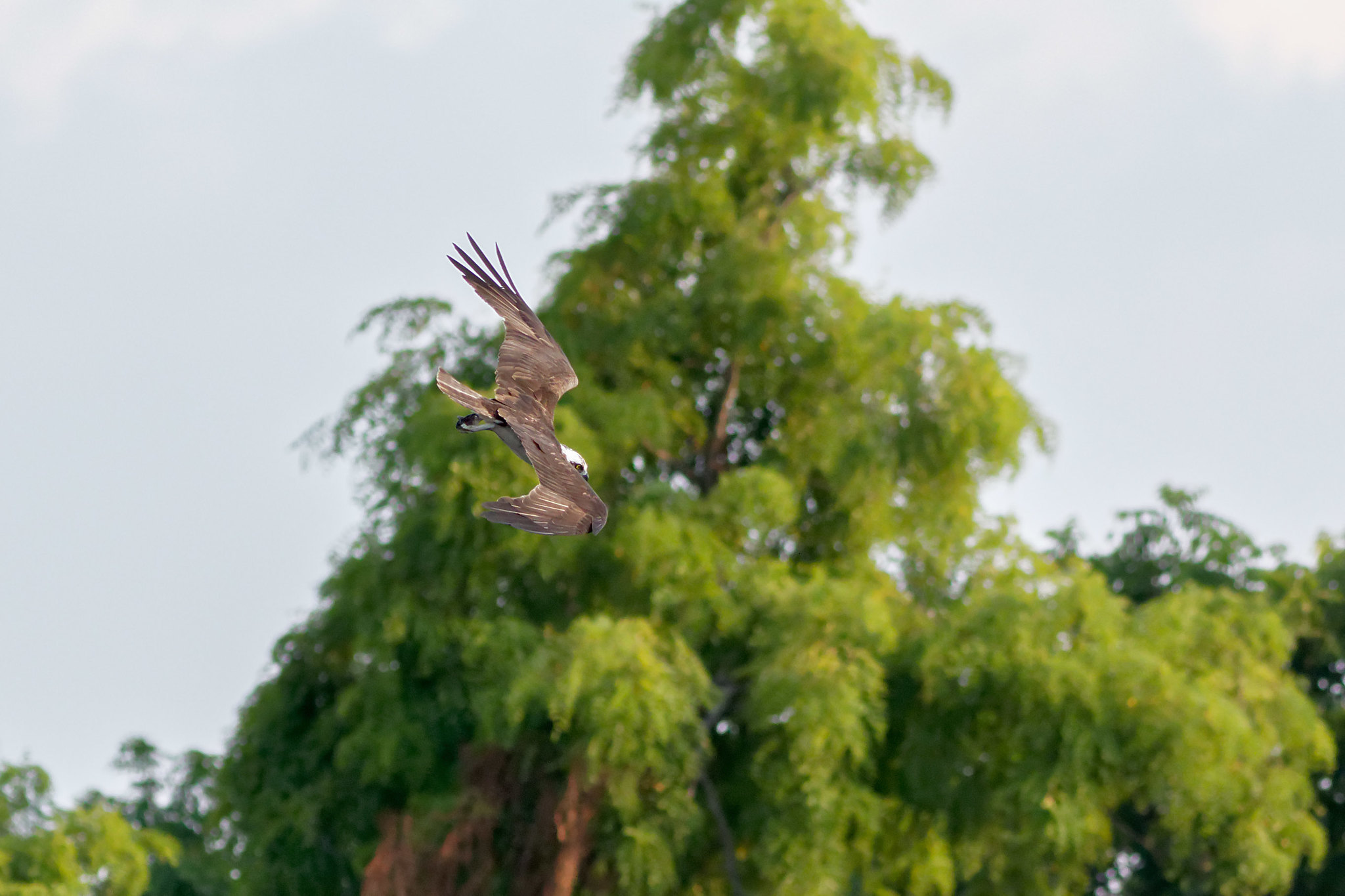 Osprey by rgollar, on Flickr
Osprey by rgollar, on Flickr
I have a series of thirty blown shots. Well I will keep learning and trying
 Osprey 2 by rgollar, on Flickr
Osprey 2 by rgollar, on Flickr
 Osprey by rgollar, on Flickr
Osprey by rgollar, on FlickrI have a series of thirty blown shots. Well I will keep learning and trying
 Osprey 2 by rgollar, on Flickr
Osprey 2 by rgollar, on Flickr
Last edited:


![[No title]](/data/xfmg/thumbnail/35/35215-cb01ff31834a4ee952045622f00781a5.jpg?1619736952)
